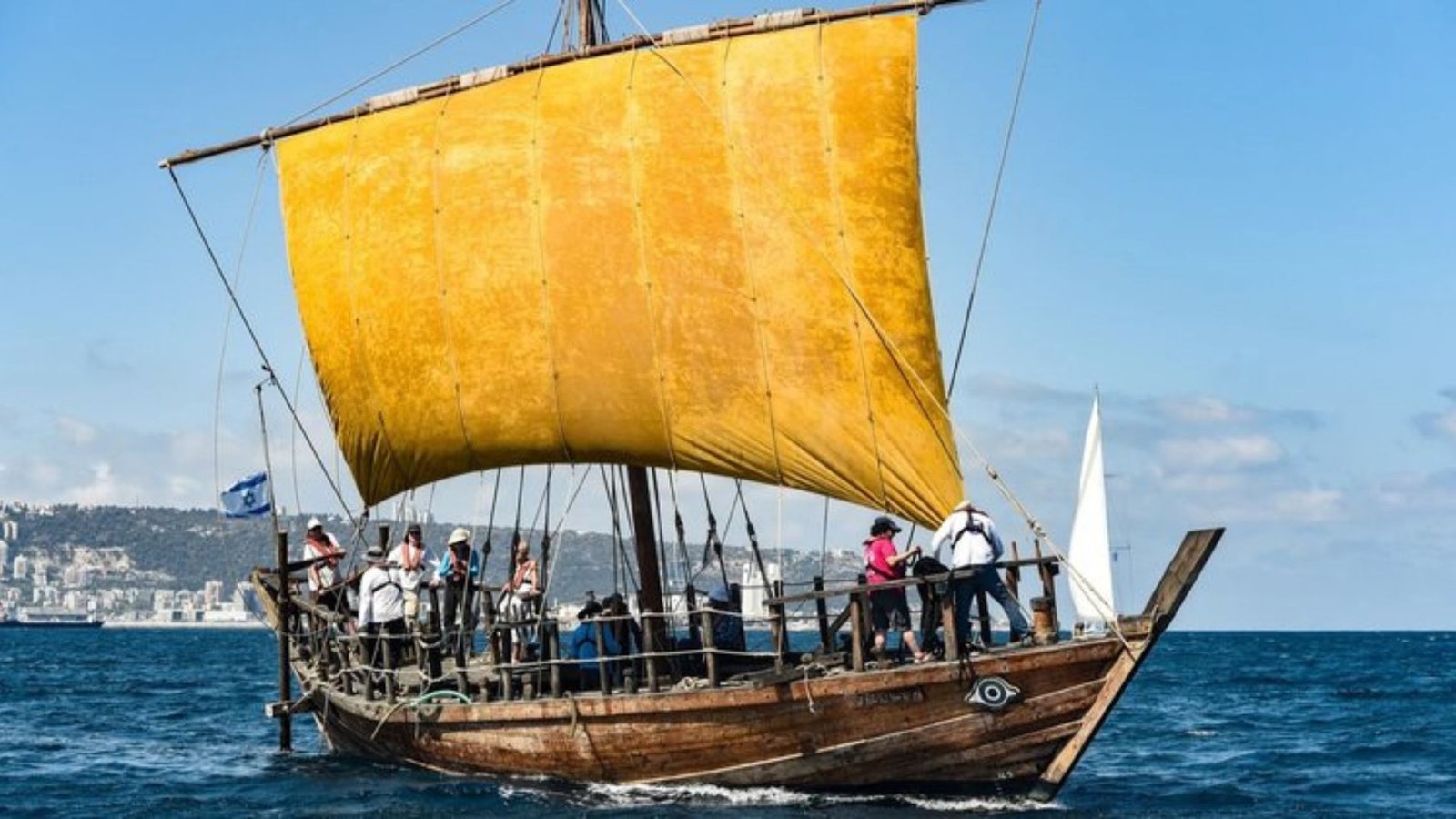Sailing has played a crucial role in human history, shaping trade routes, cultures, and the exploration of the world. From the ancient Egyptians navigating the Nile to modern yachts racing across the oceans, the evolution of sailing is a fascinating journey. This article explores the key milestones in the history of sailing, tracing the development of vessels and technologies from ancient times to the sleek sailboats of today.

Ancient Beginnings
The history of sailing dates back thousands of years to ancient civilizations. The earliest records of sailing come from Egypt, where, around 4000 BCE, simple sailboats were used to navigate the Nile River. These early vessels had square sails made of linen and were primarily wind-powered, although they often required oars for propulsion in calm conditions.
Similarly, the Phoenicians, renowned as master seafarers around 1200 BCE, expanded the use of sailing for trade across the Mediterranean. They developed more advanced ships capable of open-sea navigation, using celestial bodies for navigation. The Phoenicians’ maritime expertise helped establish early trading networks and contributed to the spread of sailing knowledge.
The Age of Exploration
Sailing took a dramatic leap forward during the Age of Exploration (15th-17th centuries). European explorers, seeking new trade routes to Asia, relied on improved sailing technology to cross the world’s oceans. Innovations such as the lateen sail, which allowed ships to sail closer to the wind, and the development of larger, sturdier vessels like the caravel and carrack enabled long-distance voyages.
Notable explorers like Christopher Columbus, Vasco da Gama, and Ferdinand Magellan used these advancements to open new frontiers. The discovery of the Americas, the circumnavigation of Africa, and the first circumnavigation of the globe were all made possible by improvements in sailing technology.
The Golden Age of Sail
The 17th to 19th centuries saw the height of sailing, often referred to as the “Golden Age of Sail.” This period was marked by the dominance of tall ships with multiple masts and complex rigging systems. Ships such as the clipper and the galleon became famous for their speed and cargo capacity, revolutionizing trade across the globe.
During this era, the British Royal Navy became a dominant maritime force, securing key trade routes and establishing British naval supremacy. The use of sailing ships for military purposes also expanded, with naval battles playing a pivotal role in conflicts such as the Napoleonic Wars.
Despite the rise of steam-powered vessels in the 19th century, the clipper ship represented the pinnacle of sailing technology, known for its speed in transporting goods like tea, spices, and textiles.
The Transition to Modern Sailboats
As the 20th century approached, steam engines and motorized vessels began to replace sailing ships for commercial and military purposes. However, sailing continued to evolve, transitioning into a recreational and competitive activity. Yacht racing gained popularity, with events like the America’s Cup, first held in 1851, drawing attention to competitive sailing.
Modern innovations in sailboat design, such as lighter materials, streamlined hulls, and advanced rigging systems, made sailboats faster and more maneuverable. The introduction of fiberglass hulls in the mid-20th century revolutionized sailboat manufacturing, making boats more affordable and accessible to a wider audience.
Modern Sailboats
Today’s sailboats represent a fusion of tradition and cutting-edge technology. Modern sailboats come in a variety of designs, from luxurious cruising yachts to high-performance racing sailboats. Innovations such as carbon fiber masts, composite sails, and advanced navigation systems have made sailing more efficient and accessible.
The resurgence of interest in sustainability has also brought attention back to wind-powered vessels as eco-friendly alternatives to motorized boats. Modern sailors can experience the same thrill that ancient mariners felt as they harness the power of the wind while benefiting from centuries of technological advancements.
Conclusion
The history of sailing is a testament to human ingenuity and the desire to explore the unknown. From the ancient vessels of the Egyptians and Phoenicians to the sleek, modern sailboats of today, sailing has been an integral part of human civilization. As technology continues to evolve, sailing will likely remain a beloved activity for adventurers, racers, and those seeking a connection with the sea.
